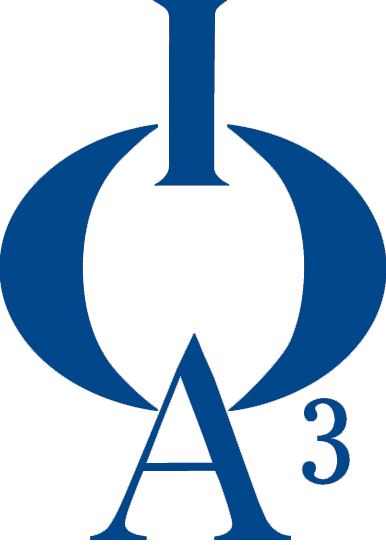|
Fire Restoration |
Ozone is rapidly becoming a treatment method of choice for odor removal in fire restoration. Simple but effective monitoring equipment must be used to gauge if the applied ozone dose is doing its job in odor removal and to assure that human safety standards are not exceeded. Often it is the effects of the water to put out the fire as much as the fire itself which causes the strong odors of a burned area. There are bacteria, mold, and fungus as well as spilled chemicals and residual smoke. A strong oxidizing agent can neutralize all of these odors. Ozone is the only high strength oxidizing agent which is dry and doesnt leave a chemical residue. During the phase of the “restoration” project where ozone is being used, specialized contractors face some basic questions. One is how much and how long ozone should be used to effectively remove odors. As a starting point, contractors can use charts showing the ozone generator output (usually in grams per hour) recommended for basic treatment for a given building volume. A typical chart is shown here courtesy of an industry leader in ambient ozone generators, Howe-Baker Engineers. The ozone levels will pass through several phases. At the start of the treatment for fire, more odors are present and when ozone is introduced, the reaction is extensive, resulting in a low initial level of ozone. As the treatment progresses, the ozone level will begin to increase because there are fewer odor molecules to oxidize and the odor level will decrease. After a period of hours, the ozone level will reach its maximum value. After this point is reached, the ozone treatment should be continued for a period of time to destroy lingering odors, the time depending on the contractors experience or it could be determined from research. All of these ozone level measurements are being done with the ozone monitor. The indicated ozone concentration will rise from just above zero to the maximum possible often as high as 10 ppm or more. When the ozonation begins, an initial measurement of ozone should be made within an hour and then measurements should be made every few hours. When the ozone level reaches the saturation point, it should be maintained for several hours before stopping the ozone treatment. During ozone treatment of a building, portable air blowers or air handlers are required to keep the ozone circulating to all areas. Ozone is started in the areas of greatest odors and then moved to areas of lesser odors. All of this can be efficiently managed with the help of electronic ozone monitors to determine where the ozone really is and at what levels. As a safety precaution, any measurements of ozone above .1 ppm should be made while wearing a respirator approved for ozone. In most countries, including the United States, the limits are .05 ppm for continuous exposure, .1 ppm for short term exposure, and the NIOSH value for IDLH immediately dangerous to life and health is 5 ppm. This concentration of ozone is easily reached in smaller rooms with larger generators, so ozone approved respirators are to be used. |
